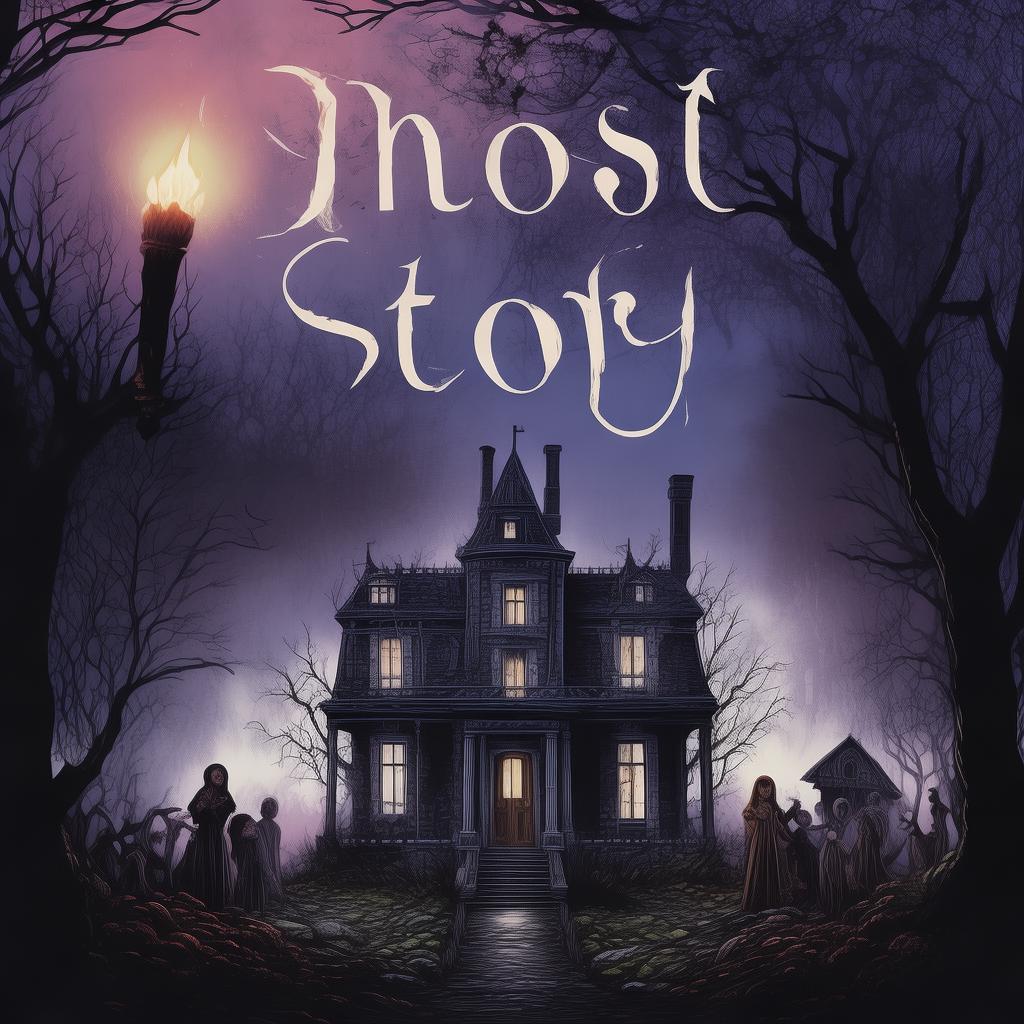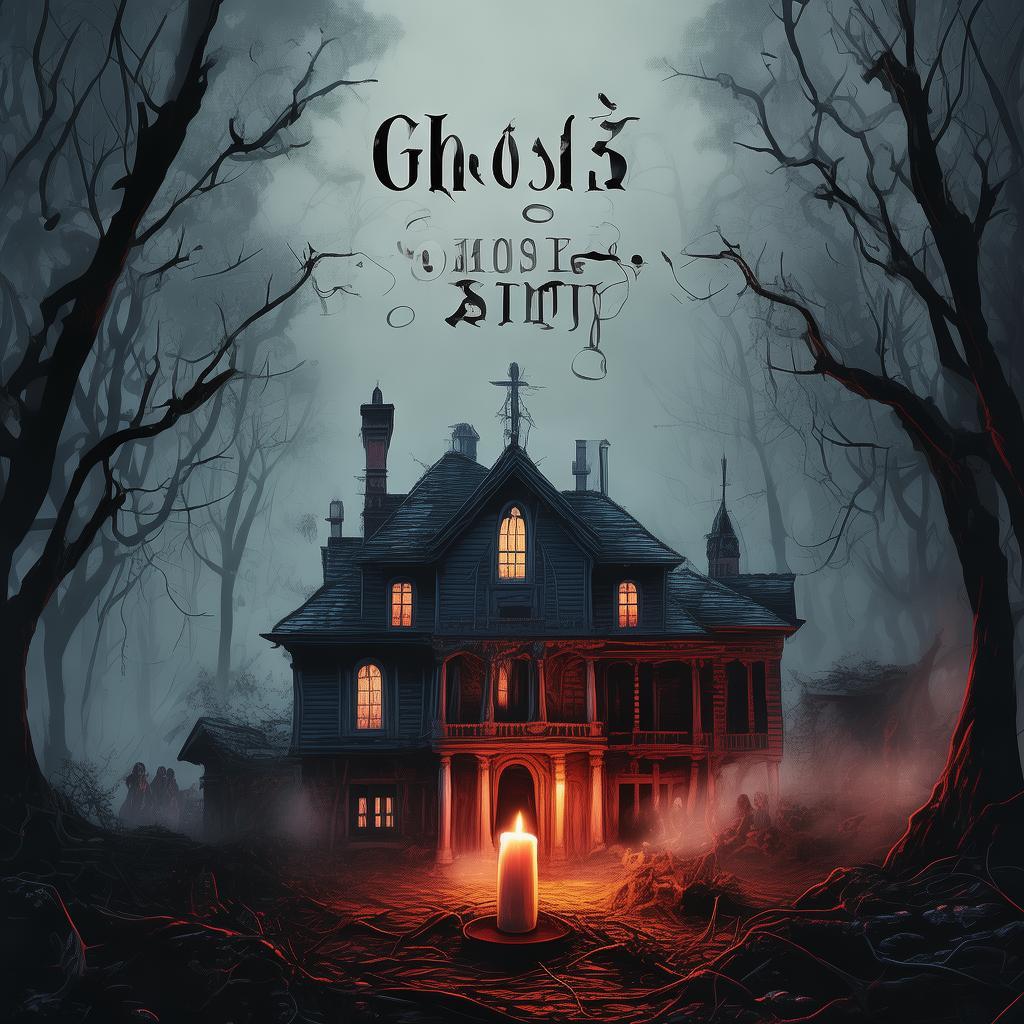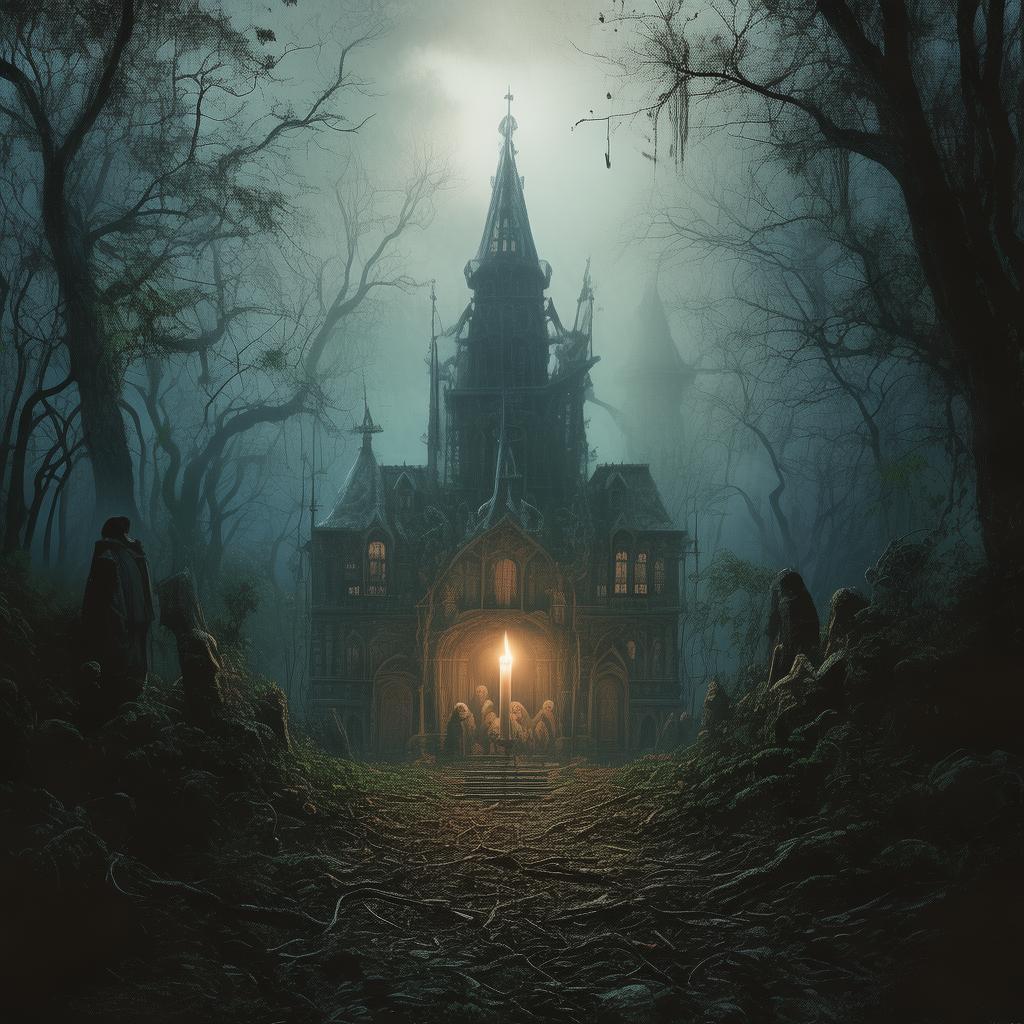The Vanishing Visions: A Ghostly Whodunit
In the heart of the bustling metropolis of New York City, where the line between the digital world and the supernatural was as blurred as the neon lights of the city at night, there was an app that had been the talk of the town. It was called "Haunted Highlights," an app that claimed to provide users with glimpses into the past through the lens of their smartphones. The app was said to have the ability to tap into historical events, famous figures, and, according to some, even the lives of the departed.
The app was a hit with the young and adventurous, but for Alex, a tech-savvy sleuth with a penchant for the peculiar, it was more than just a novelty. It was a puzzle box, and Alex was the keymaster.
One chilly autumn evening, Alex downloaded the app and was immediately drawn to the eerie allure of the 'Ghostly Whodunit' feature. It was a collection of unsolved mysteries, each with its own set of eerie highlights. The most intriguing of them all was the story of the Vanishing Visions, a case that had baffled the city for a century.

According to the app, during the 1920s, a series of inexplicable disappearances had occurred in the same old brownstone on 42nd Street. Each victim had been last seen by a ghostly figure, only to vanish without a trace. The police had tried everything, but the cases had gone cold, leaving behind a legacy of ghostly whispers and a city-wide fear of the unseen.
Alex, with a mixture of curiosity and dread, decided to dive into the mystery. The app's interface was intuitive, offering a mix of photographs, audio snippets, and video highlights that seemed to bring the past to life. The first clue was a photograph of a young woman standing at the window of the brownstone, her eyes wide with fear. The caption read, "Last seen at 2 AM, October 16, 1926."
As Alex delved deeper, the app began to reveal more details. The woman, a singer named Isabella Montague, had been performing at a local theater the night of her disappearance. According to the audio snippets, she had received a mysterious phone call, and her final words were, "I must go now."
The app's next highlight was a video of the brownstone at night, showing the windows flickering as if in response to something unseen. The caption read, "Windows of the brownstone flickering, October 17, 1926."
It was at this point that the app took on a life of its own. As Alex watched the video, a strange feeling crept over them. The image of the flickering windows seemed to pulse with a life of its own, and the air around them grew colder.
The next clue was a map of the city with a red dot pointing to the brownstone. The caption read, "The Brownstone is located in the heart of the city, a place where the past and present converge."
Armed with this new information, Alex decided to visit the brownstone. The old building stood like a sentinel against the modern skyline, its brick walls covered in vines and ivy. Alex rang the doorbell, and a moment later, an elderly woman opened the door, her eyes wide with recognition.
"Are you Alex?" she asked, her voice trembling.
"Yes," Alex replied, stepping inside.
The woman introduced herself as Mrs. Thompson, the current owner of the brownstone. She told Alex that she had inherited the building from her late husband, who had been a detective himself. "He used to say that the brownstone was haunted, but I never believed it," she said with a shake of her head.
As Alex listened to Mrs. Thompson's story, the app continued to provide highlights. One showed a photograph of a young detective, the late Mr. Thompson, standing outside the brownstone, his eyes scanning the night sky. The caption read, "Detective Thompson investigates the brownstone, October 18, 1926."
The final highlight was a video of the brownstone at night, showing a figure standing at the window, gazing out into the darkness. The caption read, "The figure is seen for the last time, October 19, 1926."
It was then that Alex realized the significance of the date. October 19, 1926, was the day the app claimed the brownstone had been haunted. Could the app be telling the truth?
Determined to uncover the truth, Alex spent the next few days researching the case, interviewing residents, and searching through the app's vast archive of historical data. The more Alex learned, the more the pieces of the puzzle seemed to fit together.
The key to the mystery lay in the app's ability to tap into the past. It was not just showing Alex photographs and videos; it was providing real-time glimpses into the lives of the people who had once lived in the brownstone. Alex had discovered that the figure seen at the window was not a ghost but a reflection of Detective Thompson, who had been investigating the disappearances from the very beginning.
The final clue came in the form of a letter found in the attic of the brownstone. It was a letter from Detective Thompson to his wife, written on the day of his disappearance. In the letter, Thompson confessed to knowing more about the disappearances than he had let on, and he feared for his life.
The letter ended with the words, "I must go now."
It was then that Alex understood. The app had not been showing Alex ghosts; it had been showing them the truth. The disappearances had been a result of a cult that had been using the brownstone as a gathering place. The victims had been members who had tried to leave the cult, only to be 'vanished' by its leaders.
With this new information, Alex went to the police, who quickly apprehended the cult leaders and solved the century-old mystery. The brownstone was finally free from its dark past, and the app's 'Ghostly Whodunit' feature had provided the answer that no one else had been able to find.
As Alex left the brownstone that evening, the app continued to show highlights from the past, each one a reminder of the power of technology and the human spirit. The app had not only solved a mystery but had also proven that sometimes, the truth was just a click away.
In the end, Alex realized that the app was more than just a tool for entertainment; it was a window into the past, a reminder that the line between the digital and the supernatural was not as clear as it seemed. And in the world of the unknown, the possibilities were endless.
✨ Original Statement ✨
All articles published on this website (including but not limited to text, images, videos, and other content) are original or authorized for reposting and are protected by relevant laws. Without the explicit written permission of this website, no individual or organization may copy, modify, repost, or use the content for commercial purposes.
If you need to quote or cooperate, please contact this site for authorization. We reserve the right to pursue legal responsibility for any unauthorized use.
Hereby declared.









